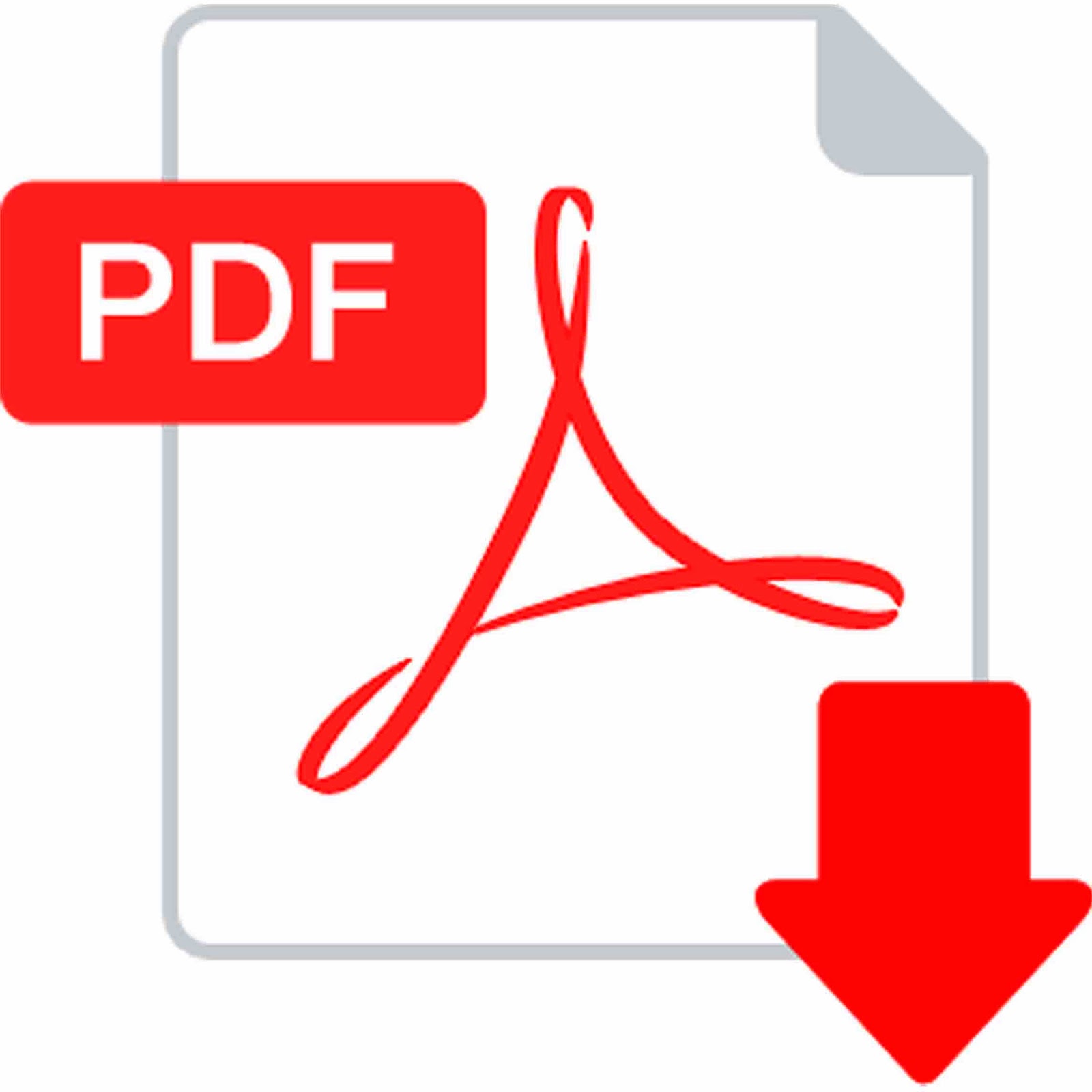| JEL Classification: 004.8:519.8:681.3.06 | DOI: https://doi.org/10.31521/modecon.V50(2025)-01 |
Bilichenko Oleksandr, PhD (Economics), Associate Professor, Department of Economic Theory and Social Sciences, Mykolayiv National Agrarian University, Mykolaiv, Ukraine
ORCID ID: 0000-0002-5241-3195
e-mail: bilichenko77@ukr.net
Radzevych Tetiana, Student of Higher Education, of Management Faculty, Mykolayiv National Agrarian University, Mykolaiv, Ukraine
ORCID ID: 0009-0008-1960-1494
e-mail: radzevictana@gmail.com
Using Machine Learning in Forecasting and Data Analysis
Abstract. Introduction. The development of artificial intelligence technologies, especially machine learning, has fundamentally changed approaches to data processing and decision-making. In an increasingly digital age, the ability to identify patterns in large data sets has become a crucial advantage for organizations and governments alike. This study investigates how machine learning can contribute to improving the efficiency of modern systems by enabling predictive analytics.
Purpose. The main goal of this study is to analyze core machine learning algorithms and evaluate their advantages and shortcomings. Additionally, the research aims to identify how these methods are implemented in practice in various domains, paying particular attention to the use of neural networks in tasks such as image and speech recognition. Understanding these tools is essential for harnessing their potential to solve real-world problems.
Results. This study reviews and classifies several commonly used machine learning methods, including classification, regression and clustering techniques. Practical case studies demonstrate how machine learning can improve data-driven decision-making and efficiency in various industries. The research also discusses limitations encountered when deploying machine learning systems, such as the reliability of training data and the difficulty of explaining model behavior.
Conclusions. The findings emphasise the importance of an integrated approach to implementing machine learning technologies that takes into account technical, social, and ethical considerations. Aligning model predictions with real-world outcomes is critical to achieving trust and effectiveness. Future advancements in automation and responsible AI integration will continue to determine the evolution of this field.
Keywords: machine learning; data analysis; forecasting; artificial intelligence; neural networks, automation.
References:
- Mitchell, T. M. (1997). Machine Learning. McGraw-Hill Education. https://www.cs.cmu.edu/~tom/files/MachineLearningTomMitchell.pdf.
- Turing, A. M. (1950). I.—Computing machinery and intelligence. Mind, LIX (236), 433–460. https://doi.org/10.1093/mind/lix.236.433.
- Rosenblatt, F. (1958). The perceptron: A probabilistic model for information storage and organization in the brain. Psychological Review, 65(6), 386–408. https://doi.org/10.1037/h0042519.
- McCarthy, J. (1956). The Dartmouth Conference Proposal. AI Memo 35, MIT Artificial Intelligence Laboratory.
- Jordan, M. I., & Mitchell, T. M. (2015). Machine learning: Trends, perspectives, and prospects. Science, 349(6245), 255–260.
- Bishop, C. M. (2006). Pattern Recognition and Machine Learning. Springer.
- Lipton, Z. C. (2018). The mythos of model interpretability. Communications of the ACM, 61(10), 36–43. https://doi.org/10.1145/3233231.
- Goodfellow, I., Bengio, Y., & Courville, A. (2016). Deep learning. The MIT Press.
- Chumachenko, D., et al. (Eds.). (2023). Glossary of terms in the field of artificial intelligence. Ministry of Digital Transformation of Ukraine. https://surl.li/bscrho.
- Quinlan, J. R. (1986). Induction of decision trees. Machine Learning, 1(1), 81–106. https://doi.org/10.1007/BF00116251.
- Cherniak, O. I., & Zakharchenko, P. V. (2010). Intelligent data analysis. Kyiv: ZNU. https://surl.li/xnxmvt.
- Prysiazhniuk, A. (2019, January 31). How machine learning works and its practical applications. Na chasi. https://nachasi.com/tech/2019/01/31/yak-pratsyuye-machine-learning/
- Basnet, S. (2024). Artificial Intelligence and Machine Learning in Human Resource Management: Prospect and Future Trends. International Journal of Research Publication and Reviews, 5(1), 281–287. https://doi.org/10.55248/gengpi.5.0124.0107.
- What is machine learning, its algorithms. How machine learning (ML) influences business development. (2023, November 17). Kyivstar Business Hub – Corporate Blog for Business. https://hub.kyivstar.ua/articles/yak-mashinne-navchannya-vplivaye-na-rozvitok-biznesu.
- How has Artificial Intelligence evolved in Mobile Applications? (2023). Intuz: AI, IoT, Mobile & Web Development Services Company. https://www.intuz.com/blog/artificial-intelligence-a-rising-star-of-mobile-technology.
- Baranov, O. A. (2023). Definition of the term “artificial intelligence”. Information and Law, 1(44), 32–49.
- Samoili, S., Lopez Cobo, M., Gomez Gutierrez, E., De Prato, G., Martinez-Plumed, F., & Delipetrev, B. (2020). AI Watch: Defining artificial intelligence (EUR 30117 EN). Publications Office of the European Union. https://doi.org/10.2760/382730.
- OECD (2019), Artificial Intelligence in Society, OECD Publishing, Paris, https://doi.org/10.1787/eedfee77-en.
- Fostolovych, V. A. (2022b). Artificial intelligence in modern business: Potential, current trends, and prospects for integration into various spheres of economic activity and human life. Efektyvna Ekonomika, (7). https://doi.org/10.32702/2307-2105.2022.7.4.
- Pizhuk, O. I. (2019b). Artificial intelligence as one of the key drivers of the digital transformation of the economy. Economics, Management and Administration, 3(89), 41–46. https://doi.org/10.26642/ema-2019-3(89)-41-46.
- Stezhko, N. V., & Shevchuk, O. I. (2023). Trends in the development of global e-commerce in the context of business digitalization. Digital Economy and Economic Security, 5(05), 20–25. https://doi.org/10.32782/dees.5-3.
- Mitchell M. The Turing Test and our shifting conceptions of intelligence. Science. 2024. Vol. 385, no. 6710. URL: https://doi.org/10.1126/science.adq9356.
- Artificial intelligence. (2025). Diia.Education https://osvita.diia.gov.ua/courses/artificial-intelligence.
- Chaika, P. (2018). Neural networks: their application and functioning. Piznavayka. Retrieved from https://www.poznavayka.org/uk/nauka-i-tehnika-2/neyronni-merezhi-yih-zastosuvannya-robota/
- McCulloch, W. S., & Pitts, W. (1943). A logical calculus of the ideas immanent in nervous activity. Bulletin of Mathematical Biophysics, 5, 115–133. https://link.springer.com/article/10.1007/BF02478259.
- GigaСloud. (2023). Що таке штучний інтелект: історія, види та складові. https://gigacloud.ua/articles/shho-take-shtuchnyj-intelekt-istoriya-vydy-ta-skladovi/
- OpenStax. (2025). Robotics, artificial intelligence, and the workplace of the future. https://ecampusontario.pressbooks.pub/businessethicsopenstax/chapter/robotics-artificial-intelligence-and-the-workplace-of-the-future/
Received: 24 April 2025
|
How to quote this article? |
| Bilichenko O., Radzevych T. (2025). Using Machine Learning in Forecasting and Data Analysis. Modern Economics, 50(2025), 6-12. DOI: https://doi.org/10.31521/modecon.V50(2025)-01. |











 Українська
Українська